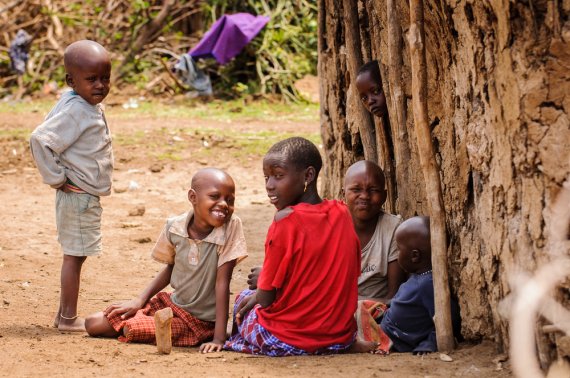© Shutterstock
Children infected with malaria excrete higher amounts of heptanal, octanal and nonanal in their sweat, as was reported by Wageningen entomologists this week in the journal PNAS. The three odours are aldehydes that smell fruity and grassy, says researcher Jetske de Boer. These are common odours, but malaria mosquitoes love it.
De Boer took sweat samples of 56 Kenyan children between the ages of five and twelve. The samples were analysed by a colleague from the London School of Hygiene and Tropical Medicine, who observed that children with malaria had a scent with 23 percent aldehydes, while that of malaria-free children only had 15 percent. It was also found that malaria mosquitoes are more strongly attracted to scents with a higher dose of aldehydes than other odour profiles.
Odour profile
The researchers found another connection: as the amounts of malaria parasites in the blood of the child increased, the concentrations of the three odours in their scent increased as well. De Boer carried out the research with researchers from England, Kenya and Nijmegen.
The results can help fight malaria, says De Boer, who has since started working for the Netherlands Institute of Ecology (NIOO-KNAW). ‘We can improve the odour-baited traps for malaria mosquitoes by adding these aldehydes to the bait.’ De Boer thinks that the odours could also be used as biomarkers to inspect children for malaria. An odour measurement is much faster and more pleasant for the children than taking blood.
Additional reading:
Infected child more attractive to malaria mosquitoes

